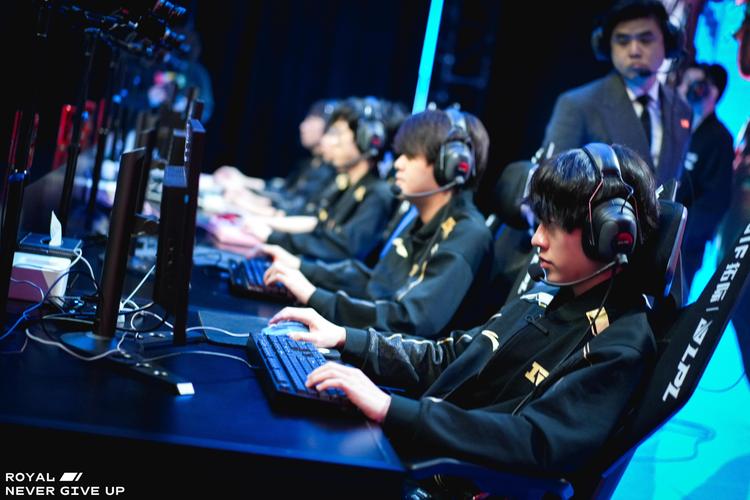Blit Games: A Comprehensive Guide to Pygame’s Powerhouse
Are you ready to dive into the world of game development with Pygame? If so, you’ve come to the right place. Blit games are a popular choice for developers looking to create engaging and visually appealing games. In this article, we’ll explore the ins and outs of blit games, covering everything from the basics to advanced techniques. Let’s get started!
Understanding Blit in Pygame
Before we delve into blit games, it’s essential to understand what blit means in the context of Pygame. Blit, short for “bit block transfer,” is a fundamental operation in Pygame that allows you to draw images and other graphical elements onto the screen. It’s a fast and efficient way to render graphics, making it ideal for game development.

When you use the blit() function in Pygame, you’re essentially copying a pixel block from one location to another. This operation is crucial for creating animations, moving objects, and rendering complex scenes. By leveraging the power of blit, you can create games that run smoothly and look great.
Creating Your First Blit Game
Now that you have a basic understanding of blit, let’s create your first blit game. We’ll go through the process step by step, starting with setting up the Pygame environment.
1. Install Pygame: If you haven’t already, download and install Pygame from the official website. This will provide you with the necessary libraries to create your game.
2. Create a New Game: Open your favorite text editor and create a new Python file for your game. You can name it anything you like, such as “my_game.py”.

3. Import Pygame: At the top of your file, import the Pygame library by adding the following line of code:
import pygame4. Initialize Pygame: Before you can start drawing anything, you need to initialize Pygame. Add the following code to your file:
pygame.init()5. Create the Game Window: Next, create a window for your game. You can specify the width and height of the window using the following code:
screen = pygame.display.set_mode((800, 600))6. Set the Title: Give your game a title by adding the following line of code:
pygame.display.set_caption("My Blit Game")7. Main Game Loop: The heart of your game is the main loop. This is where you’ll handle user input, update game logic, and render graphics. Add the following code to your file:
running = Truewhile running: for event in pygame.event.get(): if event.type == pygame.QUIT: running = False screen.fill((0, 0, 0)) Fill the screen with a black color Draw your game elements here pygame.display.flip()8. Draw Game Elements: In the main loop, you can use the blit() function to draw images and other graphical elements onto the screen. For example, to draw a simple rectangle, you can use the following code:
pygame.draw.rect(screen, (255, 0, 0), (50, 50, 100, 100))9. Exit the Game: When you’re done running the game, exit the main loop and quit Pygame. Add the following code to your file:
pygame.quit()10. Run Your Game: Save your file and run it using the Python interpreter. You should see a window with a black background and a red rectangle. Congratulations, you’ve created your first blit game!
Advanced Techniques for Blit Games
Now that you’ve created your first blit game, it’s time to explore some advanced techniques to take your game to the next level.
1. Sprites
Sprites are a powerful feature in Pygame that allow you to create and manage game objects more efficiently. Sprites are essentially images that can be moved, rotated, and scaled. To use sprites, you’ll need to import the pygame.sprite module and create a Sprite class. Here’s an example:
import pygamefrom pygame.sprite import Spriteclass MySprite(Sprite): def __init__(self, image_path): super().__



